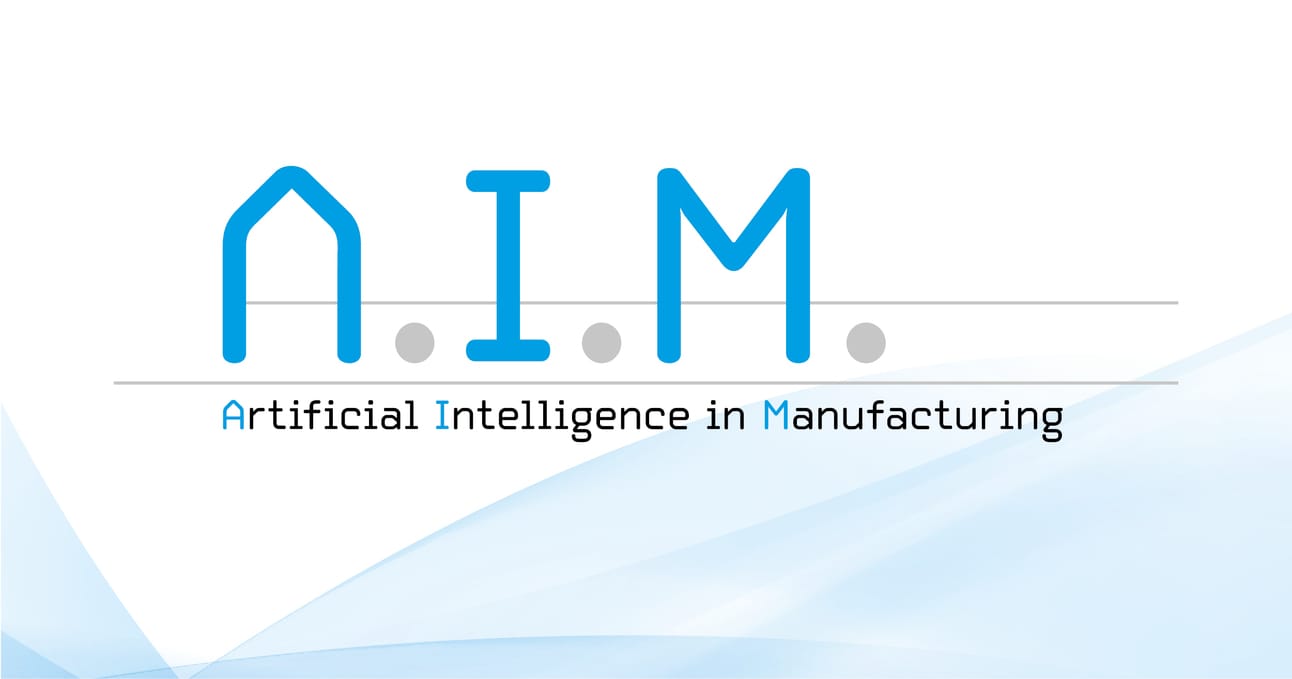- AI in Manufacturing
- Posts
- AI Gets Practical: From Smarter Metalwork to Precision Engineering and Real-Time Process Gains
AI Gets Practical: From Smarter Metalwork to Precision Engineering and Real-Time Process Gains
Plus: Productivity gains remain elusive, AI sharpens metal machining, design cycles compress with precision tools, integration proves crucial for ROI, and digital transformation moves from buzzword to baseline on the factory floor – and more!


As AI capabilities continue to mature, the conversation is moving beyond proof-of-concept. We’re now seeing real traction in factory environments, not just from AI itself, but from the supporting automation and platforms that make it scalable.
We begin this week with a closer look at how AI and automation are reshaping metal machining and fabrication. From tool path planning to predictive maintenance, new systems are delivering consistency, precision, and real-time adaptability to previously manual workflows.
Zooming out, a new analysis of AI’s impact on productivity presents a more nuanced picture. While expectations remain high, the actual gains vary widely across sectors. It raises a key question: are we measuring success the right way?
Elsewhere, precision engineering is embracing AI-driven design and simulation. These tools are helping manufacturers push past legacy standards, compressing development cycles while enabling higher levels of customization and performance. Could this be where AI quietly adds the most value?
In food production, the shift is more visible. Smart vision systems and data-driven quality control are transforming how facilities ensure consistency, safety, and speed. AI’s role here isn’t just about efficiency, it’s about trust.
Meanwhile, over in South Korea, new factory investments are doubling down on AI as a core pillar. Advanced robotics and connected infrastructure suggest a growing confidence in automation as a long-term strategy, not just a short-term experiment.
And finally, simulation and virtual metrology are gaining traction in smart manufacturing environments. By testing outcomes digitally before physical production, teams are saving time, reducing waste, and fine-tuning operations with greater agility.
Taken together, this week’s stories show that AI’s evolution in manufacturing is less about hype, and more about steady, thoughtful integration. See you next time as we continue tracking the trends shaping the factory floor.
Thanks for reading. As always, feel free to hit reply and share what you’re seeing on your side of the manufacturing world. To stay ahead of the curve in the world of AI in manufacturing, you can follow us on LinkedIn for daily updates and breaking news. Here’s to another week of smart, AI-powered innovation!


